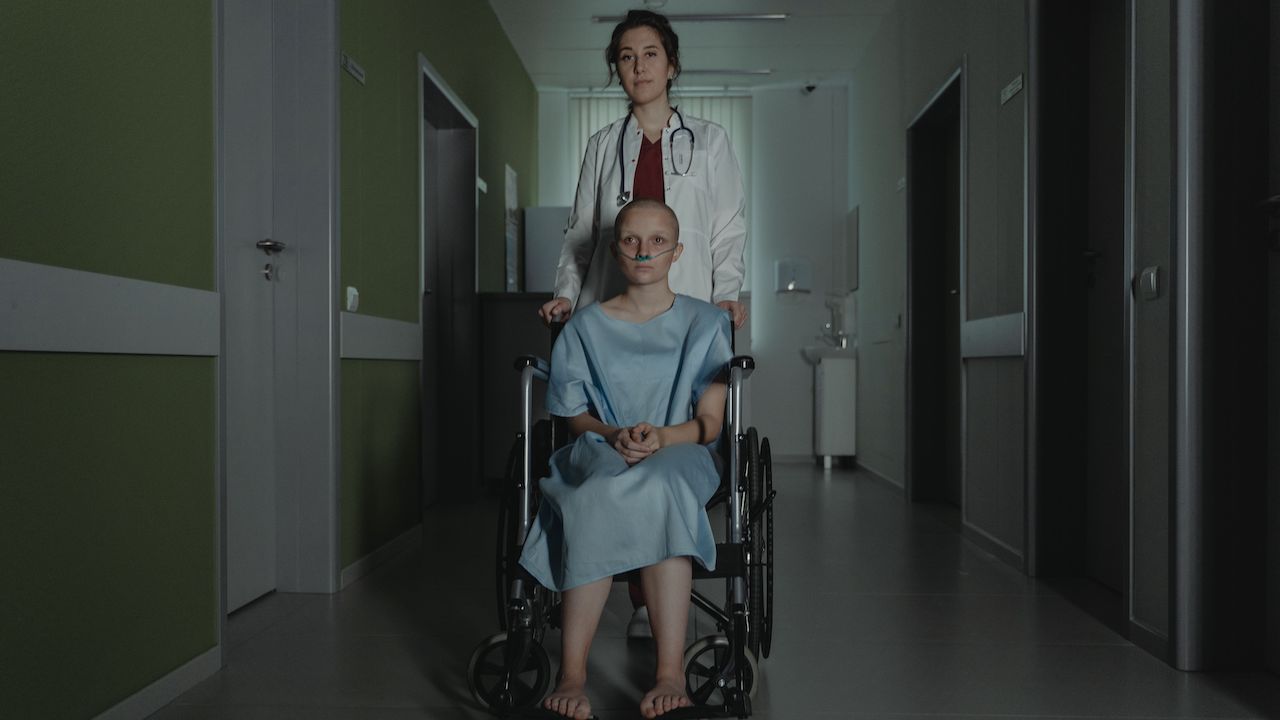

Surgery is a major life event, often leaving patients feeling overwhelmed and scared of the road to recovery. But with the help of physical therapy, you can make sure you are on your way to a successful rehabilitation experience.
Picture yourself in the hands of an experienced physical therapist – someone who is not only skilled but passionate about helping you get back to living life as normal as possible. With their expertise and guidance, they can provide support and techniques to help you reach your goals quicker and more efficiently.
Let’s explore how physical therapy plays an important role in post-surgical rehabilitation.
Physical therapists play an integral part in post-op recovery, helping patients regain their strength and mobility quickly. Physical therapy is a form of rehabilitative care that focuses on pain management and restoring function to the body after surgery.
Through the use of exercises, stretches, and other techniques, physical therapists can help patients recovering from surgery gain back range of motion, strength, and balance. Learn more about its benefits in our complete guide to physiotherapy.
Additionally, physical therapists are also able to provide emotional support during this time as they guide their patients through the healing process. They use a combination of evidence-based treatments tailored to each individual’s needs so that they can reach their desired goals safely and efficiently.
With the help of physical therapy, post-op recovery can be made easier by reducing pain levels and increasing functionality for a smoother transition into everyday life.
From improved mobility to enhanced strength, physical therapy offers a variety of benefits after surgery that can’t be ignored. Through pain management, movement coordination, and more, physical therapy helps you find the best path to recovery from surgery.
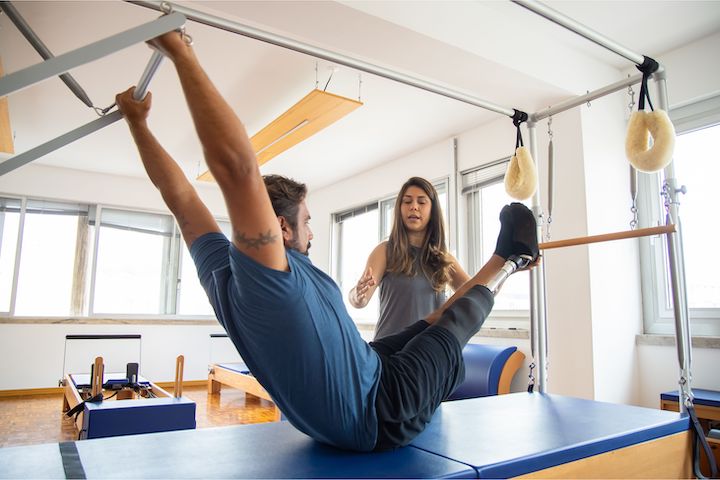 Photo Credit: Kampus Production
Photo Credit: Kampus Production
Physical therapy benefits post-surgical rehabilitation in several ways:
Physical therapy is an essential part of post-surgical rehabilitation because it provides many benefits that help you recover quickly, safely, and effectively from surgery—allowing you to get back into life with greater ease than ever before!
Let’s talk about physical therapy and the different treatments available.
Manual Therapy involves the use of hands-on techniques to alleviate pain, improve mobility, and reduce stiffness. Biofeedback is a type of physical therapy where patients learn how to control their body functions with the help of machines that measure bodily signals. Lastly, therapeutic exercise works to restore strength, regain range of motion, and prevent further injury or pain.
Manipulating the body can often help to bring relief after an operation. With manual therapy, physical therapists use their hands to move joints and soft tissues in your body in order to reduce pain, improve mobility and range of motion, and increase strength.
This type of therapy involves techniques such as manual stretching, joint mobilization, massage, trigger point release, and more to provide relief from both acute and chronic pains. Manual therapy can also be used as a part of post-surgical rehabilitation to help restore proper movement patterns and regain full function following surgery.
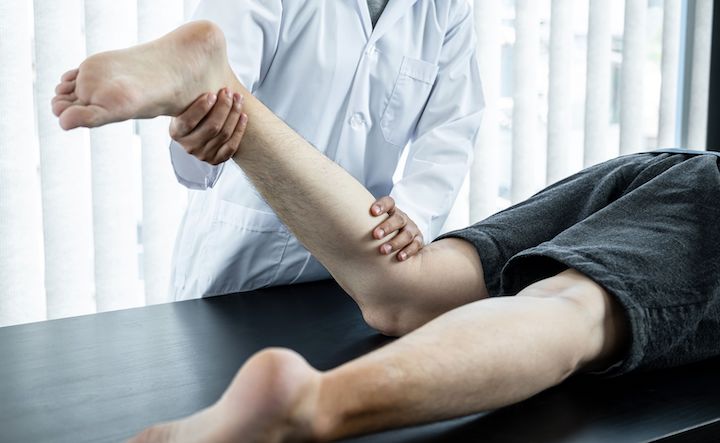 Photo Credit: FreedomZ
Photo Credit: FreedomZ
It’s important that the therapist understands the goals of the patient’s rehabilitation plan so they can tailor each session appropriately. For instance, manual stretching may be used for a patient recovering from shoulder surgery while joint mobilization might be better suited for someone returning from knee surgery.
The therapist will evaluate each person’s unique needs before developing a personalized treatment plan using various manual therapies that are best suited for their individual condition.
Biofeedback can help you gain a better understanding of your body, allowing you to identify and modify the body’s responses to stressors.
As a therapeutic technique, biofeedback is becoming increasingly popular among post-surgical rehabilitation patients because it allows them to become more in tune with their own bodies. By providing feedback on bodily processes such as heart rate and respiration, biofeedback can be used for improving pain management techniques and muscle relaxation strategies. It also provides insight into how psychological factors such as anxiety or stress may affect physical performance.
With this knowledge, patients can develop their own personalized strategies for managing pain and maximizing physical recovery after surgery. In addition, biofeedback can also aid in reducing fatigue and increasing energy levels over time.
By helping individuals become aware of the body’s response to certain activities or stimuli, biofeedback promotes self-awareness which can lead to improved overall health outcomes during post-surgical rehabilitation.
Therapeutic exercise can help you gain control of your body’s response to stressors, enabling you to make positive changes and improve your overall well-being.
Through a variety of techniques such as muscle strengthening, range of motion exercises, stretching, and cardiovascular conditioning, physical therapists can guide you in developing an individualized program tailored to your specific needs.
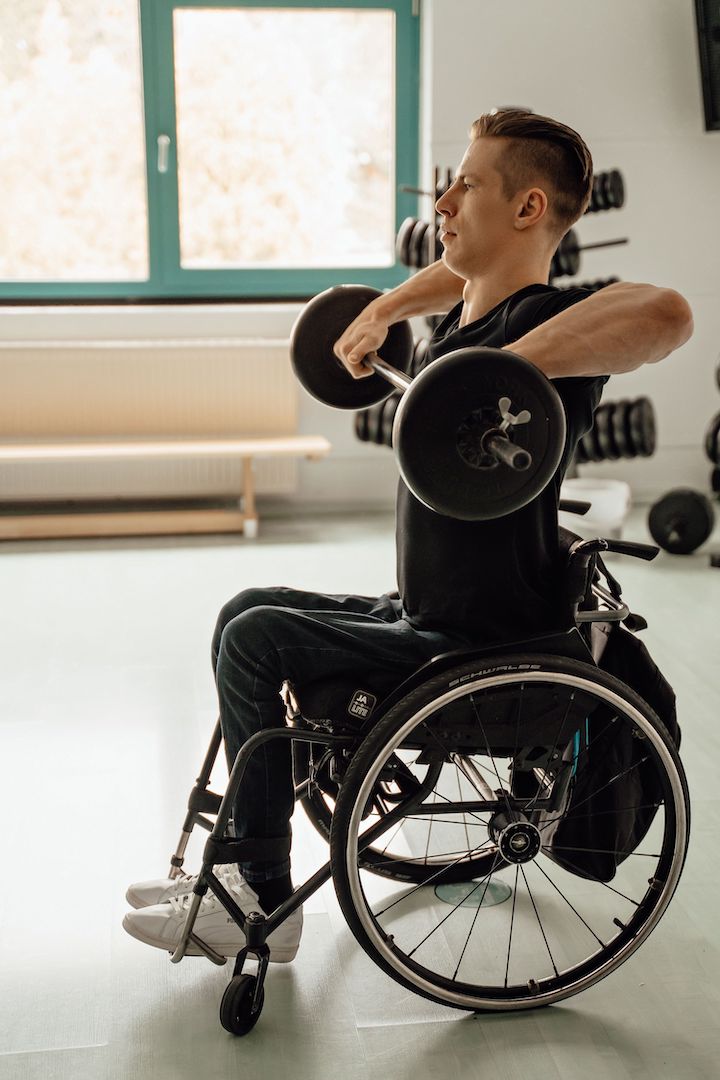 Photo Credit: Alesia Kozik
Photo Credit: Alesia Kozik
With the right combination of exercises and lifestyle modifications, you’ll be able to achieve meaningful progress towards recovering from surgery and improving your quality of life. Physical therapy isn’t just about performing exercises; it’s also about creating healthy habits that will enable you to better cope with stress in the future.
Your therapist will create an environment that encourages self-discovery and understanding so that you can learn how to better manage pain or anxiety associated with post-surgical recovery.
With their guidance and expertise, engaging in therapeutic exercise won’t just help reduce any discomfort associated with surgical procedures, but it’ll also increase your capacity for physical activity.
After surgery, you’ll want to get back to your normal activities as quickly as possible. That’s why it’s important to know about the goals of post-op rehab!
Physical therapy helps promote healing and recovery from surgical procedures by focusing on three main goals:
A physical therapist will assess your ability to move before developing an individualized rehabilitation program tailored toward meeting those goals. The therapist will also provide resources for patient education such as handouts or videos that explain the importance of lifestyle modifications like proper nutrition, sleep habits, stress management techniques, and exercise routines to improve strength and overall well-being.
Through a combination of therapeutic exercises and patient education techniques, physical therapists can help patients achieve their full potential in post-surgical rehabilitation.
Assessing your needs after surgery is like a detective piecing together the puzzle of your physical capabilities, so your doctor can create a personalized plan for you.
Physical therapists will evaluate the range of motion in affected areas, as well as muscle strength and posture. This helps them understand how to best support you in achieving pain management and symptom relief goals. Additionally, they may test balance and flexibility as part of their assessment process.
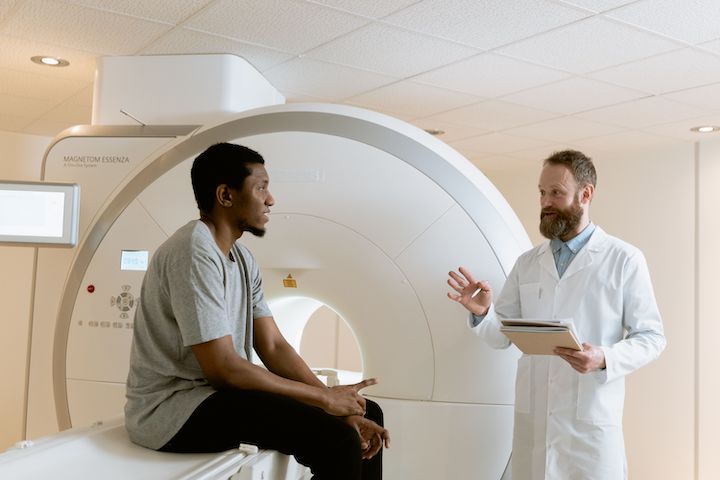 Photo Credit: Mart Productions
Photo Credit: Mart Productions
They will also ask questions regarding any pre-existing conditions or underlying health problems that could impact recovery from surgery. The physical therapist’s job is to provide an individualized rehabilitation program tailored to meet your specific needs and abilities while helping you reach the highest level of functional mobility possible following surgery.
Through this assessment process, they are able to build a plan that allows you to return to optimal functioning with minimal limitations in the shortest amount of time possible. Ultimately, physical therapy plays an essential role in post-surgical rehabilitative care by assessing patient needs and providing personalized plans for successful recovery outcomes!
Now that you’ve completed your assessment of the patient’s needs as a physiotherapist, it’s time to create a customized treatment plan. After discussing your findings with the patient, you can determine the best approach for their successful post-surgical rehabilitation.
Here are some of the components that may be included in the treatment plan:
In addition to these treatments, you also need to discuss other activities such as lifestyle modifications with your patient that they can do at home between physical therapy sessions to ensure improved outcomes throughout their recovery period.
As a physical therapist, it’s essential that you remain involved throughout each step of the post-surgical rehabilitation process from assessing needs through developing a customized treatment plan for the best possible outcome for each individual patient!
Getting back on your feet and restoring a healthy range of motion involves the use of specialized techniques in physical therapy. These techniques are designed to help you gradually regain strength, balance, mobility, and function following surgery. For example, electrical stimulation is often used to reduce pain or inflammation as it helps to stimulate muscles that have been weakened or injured due to surgery.
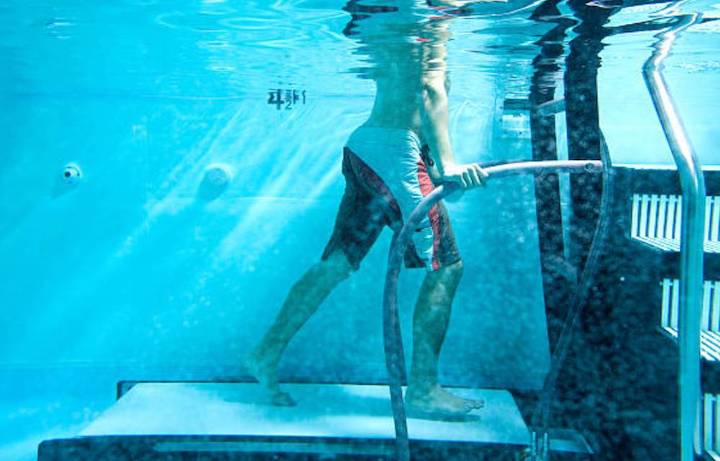 Photo Credit: aabejon
Photo Credit: aabejon
Aquatic therapy is also used for post-surgical rehabilitation as it provides a low-impact environment for doing exercises that may not be possible outside of the pool. The buoyancy provided by water allows for easier stretching and strengthening exercises that can help improve the overall range of motion in joints such as hips and knees. Here’s how aquatic therapy is crucial to any rehabilitation plan.
Your physical therapist will adjust their treatment plan over time as needed so that you can reach your maximum level of recovery safely and effectively.
By taking proactive steps to prevent further injury or disability, you can help ensure a successful recovery journey.
Pain management is a key factor in physical therapy for post-surgical rehabilitation. Your physical therapist will work with you to develop strategies to manage your pain that are tailored to your individual needs and goals. This could include medication management, massage therapy, heat or cold therapy, and exercises designed to stretch and strengthen the affected area.
Rehabilitation exercises are also essential for preventing further injury or disability after surgery. These may include stretching and strengthening exercises that focus on specific muscle groups as well as balance activities such as tai chi or yoga.
Working with a physical therapist can help you find the most effective exercise plan that fits into your lifestyle so that you can maintain consistency and make progress towards your goals of recovering from surgery successfully.
Recovering from surgery can be a long process, but with the right steps, you can soon return to living your everyday life. Physical therapy plays an important role in helping you get back on track post-surgery. It helps to ensure that you’re able to move around comfortably while also promoting healing and preventing further injury or disability.
Through physical therapy, you’ll learn how to make gradual dietary changes and lifestyle modifications that will help you adapt to your new normal. This includes increasing flexibility through stretching exercises, building strength, improving balance, and learning how to use mobility devices such as crutches or walkers if necessary.
![[Back view] A line of disabled patients walking with the help with crutches in a football field-like pitch.](https://reliefly.com.au/wp-content/uploads/2023/06/post-surgery-patient-using-cane-crutches.jpg) Photo Credit: Anas Aldyab
Photo Credit: Anas Aldyab
Additionally, physical therapists can provide advice on which activities are safe for you to do and when it’s best to take breaks throughout the day so that your body has time to heal and recover. By creating a customized treatment plan tailored to your needs, physical therapists can help guide you towards achieving a full recovery so that you can resume all of the activities of daily life with confidence.
Now that you’ve learned about returning to a normal lifestyle after surgery, it’s important to know how to find a qualified physical therapist. Finding the right physical therapist can be key in speeding up your recovery from post-surgical rehabilitation.
Before selecting one, you should ensure they meet the qualifications needed and check your insurance coverage for any limitations or benefits.
The American Physical Therapy Association (APTA) sets high standards for the qualifications of its members and recommends only those who have passed their certification process. This includes having earned a minimum of a master’s degree in physical therapy, completing at least two years of clinical practice, and passing both state and national exams.
In addition, many insurance companies have specific requirements for reimbursement so it’s important to do some research beforehand if you plan on using insurance coverage for your sessions with a physical therapist. If you’re curious to learn more, here’s a separated dedicated article to help you find the right physical therapist for your need.
Rehabilitation after surgery is a very important part of the healing process, and typically takes anywhere from several weeks to several months. It’s important to follow your physician’s exercise guidelines and consult with them regularly throughout your recovery process.
While it may be tempting to push yourself too hard or too fast during rehab, it’s essential that you take your time and stay within the prescribed parameters for maximum benefit in the long run.
You can help speed up your post-surgical rehabilitation by doing stretching exercises and pain management techniques at home. Some examples of stretching exercises you can do include shoulder circles, leg lifts, and hamstring stretches.
Pain management techniques such as cold therapy or heat therapy may also be beneficial for reducing discomfort associated with post-surgical rehabilitation. The key is to stay active, listen to your body, and pace yourself when performing these exercises.
Doing these activities in a safe environment will ensure that you have a successful recovery from surgery.
You may have heard that physical therapy is a great way to recover from surgery, but it also comes with risks. Alternative treatments for post-surgical rehabilitation can certainly be beneficial, but they can’t replace the expertise and guidance of a physical therapist.
Working with a professional can help you stay on track during your recovery timeline, but if the exercises are too strenuous or if you push yourself too hard, there’s potential for re-injury or further complications.
It’s important to listen to your body and understand your limits so that you can get back on your feet safely and successfully.
Yes, there’s a difference between physical therapy and occupational therapy.
Physical therapy focuses on exercise intensity and patient safety. It helps patients gain strength, improve mobility, and restore function. On the other hand, occupational therapy focuses on helping patients with activities of daily living. This includes self-care, leisure activities, and work activities.
Both therapies are beneficial for post-surgical rehabilitation. However, the type of therapy used will depend on the individual needs of the patient. Learn more about occupational therapy here.
You’ve seen how physical therapy can play an important role in post-surgical rehabilitation. With the help of a qualified therapist, you can regain your strength and mobility in order to return to a normal lifestyle. It’s estimated that about 80% of patients who receive physical therapy after surgery report improved functioning within just three months.
Overall, physical therapy is an essential part of any successful post-surgical rehab program. Not only does it help reduce pain and discomfort, but it also helps ensure that you’re able to enjoy your life without further injury or disability.
It’s time to take control of your health and start the journey towards recovery – speak with a physical therapist today to get started!
There are no results matching your search.
Reset